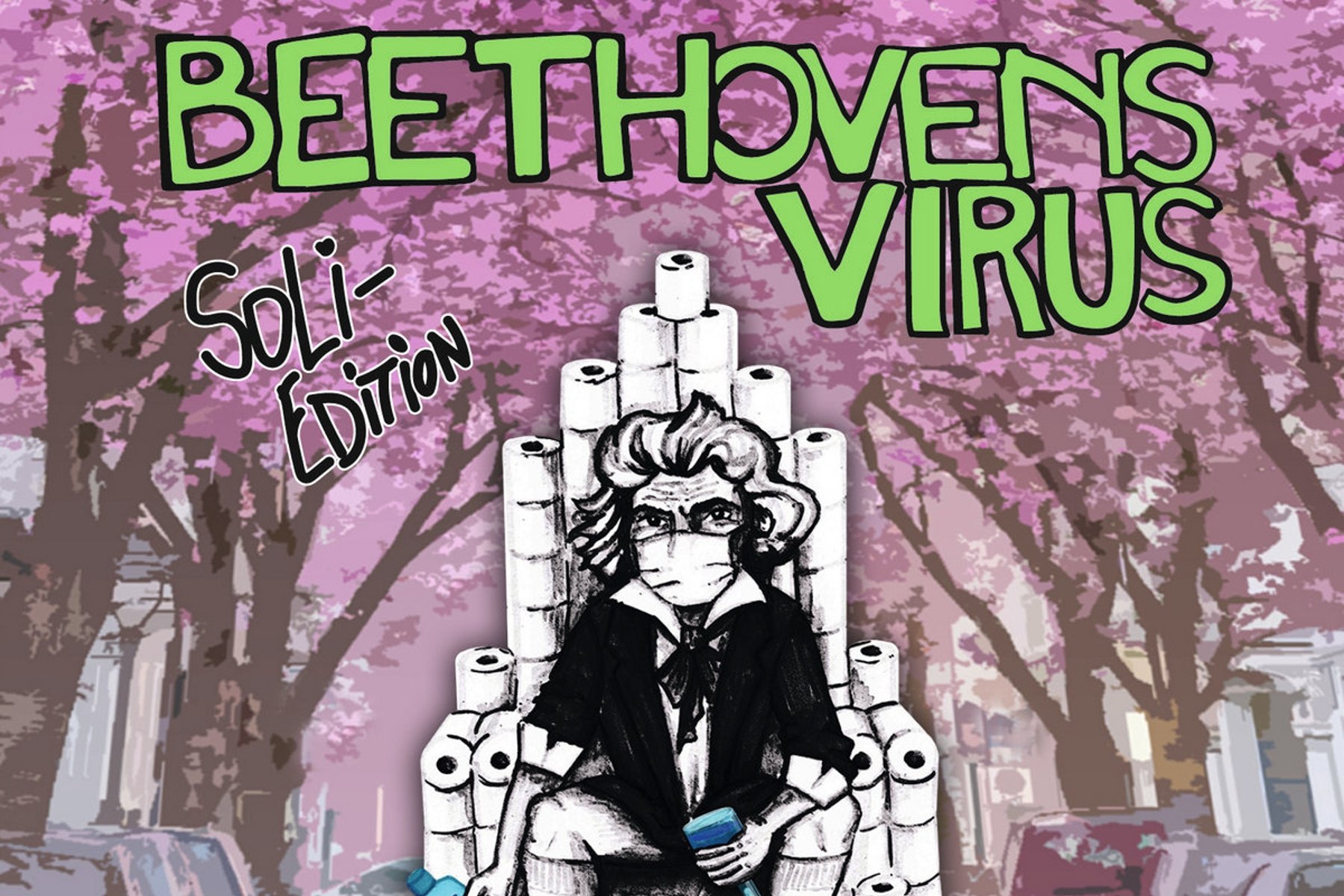
**Oliver Selfridge and the Pandemonium Architecture: A Legacy in Artificial Intelligence**
Oliver Selfridge, an influential contributor to the advancement of artificial intelligence, made remarkable strides in the field with his groundbreaking concepts. In 1959, Selfridge penned a pivotal paper that introduced the idea of a system made up of simple units, each designated with specific functions. By linking these units, intricate cognitive tasks could be executed. This idea, referred to as the “Pandemonium Architecture,” became fundamental in the evolution of neural networks, which serve as the basis for contemporary machine learning technologies.
The Pandemonium model is renowned for its depiction in psychology textbooks, especially through the artwork by Leanne Hinton in Lindsey & Norman’s 1977 “Human Information Processing.” These visuals vividly illustrate the model’s operations, compared by some to a child’s bad dream due to their complex yet fanciful essence. Others, however, regard the imagery fondly, perceiving the “demons” within as more charming than frightening.
In addition to his scholarly contributions, Oliver Selfridge was recognized for his varied life experiences. He wrote four children’s books, showcasing his flair for storytelling, though the names of the illustrators remain undisclosed. On a more serious front, Selfridge was instrumental in revealing the National Security Agency’s surveillance endeavors linked to the Echelon program, underscoring his participation in significant historical narratives.
Although the Pandemonium model and its imagery occupy a unique space in AI history, the name of illustrator Leanne Hinton is frequently overlooked in mainstream discussion. While acknowledged as Professor Emerita of Linguistics, attempts to affirm her participation in the illustrations have been unsuccessful due to a lack of replies to inquiries.
Selfridge’s Pandemonium Architecture endures as a testament to early AI creativity, shaping modern technologies and continuing to inspire curiosity and exploration into its nuances and origins. As the quest for recognition and clarity persists, the legacies of Oliver Selfridge and Leanne Hinton remain essential parts of the story of artificial intelligence.